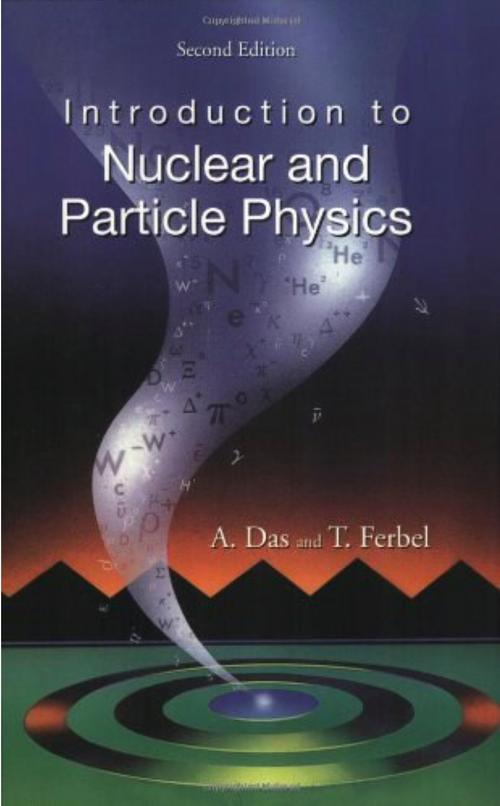Nuclear Physics: A Deep Dive into the Universe’s Core
Have you ever wondered what powers the stars in the night sky or what keeps the Earth’s core hot and molten? Nuclear physics is the field that delves into these mysteries, exploring the fundamental forces that bind protons and neutrons together to form the nucleus of an atom. In this article, we’ll take you on a journey through the fascinating world of nuclear physics, uncovering its history, key concepts, and its impact on our daily lives.
History of Nuclear Physics
The journey of nuclear physics began in the early 20th century with the discovery of radioactivity. In 1896, Henri Becquerel accidentally discovered that uranium emits radiation, which he later realized was due to the spontaneous disintegration of atomic nuclei. This discovery paved the way for the development of nuclear physics.

One of the most significant breakthroughs in nuclear physics came in 1911 when Ernest Rutherford conducted his famous gold foil experiment. By bombarding a thin sheet of gold foil with alpha particles, Rutherford discovered that most of the particles passed through the foil, but a few were deflected at large angles. This led him to propose the nuclear model of the atom, where the positive charge is concentrated in a tiny, dense nucleus.
Another crucial development was the discovery of the neutron by James Chadwick in 1932. This discovery allowed scientists to understand the structure of the nucleus and the forces that hold it together.
Key Concepts in Nuclear Physics
Nuclear physics is based on several key concepts that help us understand the behavior of atomic nuclei. Here are some of the most important ones:
- Nuclear Force: The nuclear force is the strongest of the four fundamental forces in nature. It is responsible for holding protons and neutrons together in the nucleus. Unlike the electromagnetic force, which repels positively charged protons, the nuclear force is attractive and overcomes this repulsion, allowing the nucleus to exist.
- Binding Energy: The binding energy is the energy required to separate the nucleons (protons and neutrons) in a nucleus. It is a measure of the stability of the nucleus. The higher the binding energy, the more stable the nucleus is.
- Mass Defect: The mass defect is the difference between the mass of a nucleus and the sum of the masses of its individual nucleons. This mass is converted into energy according to Einstein’s famous equation, E=mc虏.
- Radioactivity: Radioactivity is the spontaneous emission of particles or electromagnetic radiation from the nucleus. There are three types of radioactive decay: alpha decay, beta decay, and gamma decay.
Applications of Nuclear Physics
Nuclear physics has numerous applications in various fields, from medicine to energy production. Here are some of the most notable ones:
- Medical Applications: Radioisotopes, which are unstable nuclei that emit radiation, are used in medical imaging and therapy. For example, positron emission tomography (PET) uses radioactive tracers to visualize the internal structures of the body.
- Nuclear Power: Nuclear reactors use nuclear fission to generate electricity. Fission is the process of splitting a heavy nucleus into two lighter nuclei, releasing a significant amount of energy in the process.
- Carbon Dating: Carbon-14, a radioactive isotope of carbon, is used to determine the age of organic materials. By measuring the amount of carbon-14 remaining in a sample, scientists can estimate its age.
Table: Key Nuclear Reactions
| Reaction | Products |
|---|---|
| Fission | Two lighter nuclei, neutrons, and energy |
| Alpha Decay | Parent nucleus minus an alpha particle (helium nucleus) |
| Beta Decay | Parent nucleus with a beta particle (electron or positron) emitted |
| Gamma Decay | No change in the nucleus, but emission of gamma radiation |
These are just a few examples of the many applications of nuclear physics. The